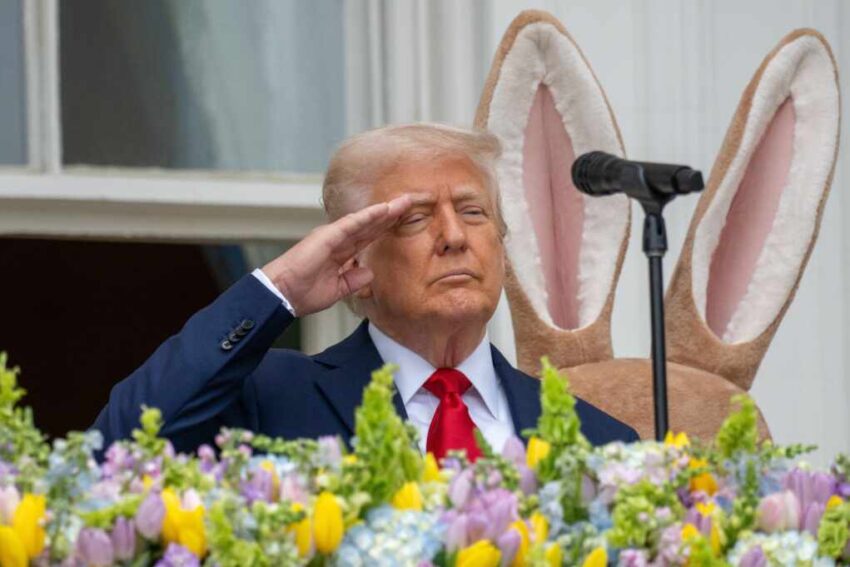Torsten Sløk, a once‑skeptical top economist, admits President Trump’s tariff strategy sparked conflict and generated a predictable surge in government revenue.
At a Glance
- Torsten Sløk of Apollo Global Management reversed his recession warning and now claims Trump’s tariffs could raise $400 billion annually.
- Consumer spending dipped by 0.1% in May following tariff‑induced prior purchases.
- Core PCE inflation stayed moderate at 2.7%, while durable goods purchases fell by 0.8%.
- The Fed is holding steady on rates, cautious of added inflation from tariffs.
- Negotiations with China and 18 countries on tariff adjustments are ongoing ahead of a July deadline.
Sløk’s U‑Turn on Tariffs
Torsten Sløk, chief economist at Apollo Global, in January labeled Trump’s tariffs recessionary. Now he says the real‑world outcome proves otherwise: the policy’s revenue could top $400 billion annually, while offering other nations a 12‑month window to reduce trade barriers—stabilizing markets and planning, according to Yahoo Finance. A consistent structure, Sløk argues, imposing 30% tariffs on Chinese imports and 10% elsewhere, could secure long-term leverage and fiscal returns, echoing a position first spotlighted by the New York Post.
Watch a report: Wall Street Economist Changes Position on Trump’s Tariffs
Consumer and Market Reactions
New data from Reuters shows that U.S. consumer spending dipped 0.1% in May, driven by a sharp 0.8% decline in durable goods. Analysts attribute this to a front-loading effect—consumers racing to purchase before anticipated tariff hikes. Inflation remained relatively stable with core PCE inflation at 2.7%, signaling subdued long-term pressures despite earlier fears.
The Federal Reserve has chosen to hold rates steady amid uncertainty, opting to observe further developments rather than stoke inflation risks. Market sentiment, however, remains shaky as firms reevaluate investment timelines and capital allocations under persistent policy shifts.
Negotiations and Global Impact
As the 90-day tariff pause nears its end, Trump’s trade team is actively negotiating with 18 nations—including China—to secure more favorable terms, reports Barron’s. The White House is leveraging the looming reinstatement of higher tariffs to push for reciprocal concessions on American exports.
Meanwhile, The Washington Post reports that China is positioning itself as a bulwark of global trade stability, expanding rare-earth exports and courting bilateral partnerships. Yet within the U.S., corporate CFOs remain wary—a survey cited by Barron’s reveals widespread concerns over price volatility and capital restraint tied to tariff uncertainty.
What Lies Ahead
If Sløk’s reversal proves prescient, Trump’s tariff model could yield fiscal gains while nudging trade partners toward long-term market parity. Still, short-term headwinds loom. Companies are deferring hiring and equipment purchases, while consumer confidence wanes. Analysts watching these dynamics caution that the benefits may arrive too slowly to offset near-term drag.
The Fed’s cautious stance leaves room for monetary adjustments later this year, but the path ahead depends heavily on how partners respond by the July deadline—and whether Trump can ink binding trade pacts before the next tariff wave returns.
Click this link for the original source of this article.
Author: Editor
This content is courtesy of, and owned and copyrighted by, https://deepstatetribunal.com and its author. This content is made available by use of the public RSS feed offered by the host site and is used for educational purposes only. If you are the author or represent the host site and would like this content removed now and in the future, please contact USSANews.com using the email address in the Contact page found in the website menu.








